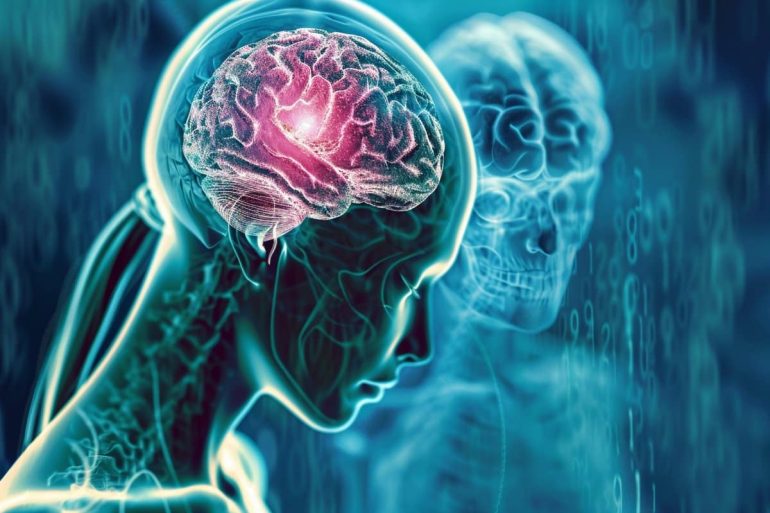- Traditional brain tumor classification methods are accurate but time-consuming.
- Researchers from Australian National University and National Cancer Institute (USA) developed an AI tool called DEPLOY.
- DEPLOY uses DNA methylation prediction and deep learning to classify brain tumors into ten categories.
- The system enhances diagnostic accuracy and expedites the process, crucial for timely treatment.
- Validation on a large dataset of 4,000 patients yielded an impressive 95% accuracy rate.
- Published in Nature Medicine, this research signifies a paradigm shift in brain tumor diagnosis.
Main AI News:
Cutting-edge artificial intelligence (AI) advancements are transforming the landscape of brain tumor classification, significantly expediting and enhancing accuracy in diagnosis. Traditional methods, albeit precise, often entail prolonged waiting periods, sometimes spanning several weeks, to yield conclusive results. This delay stems from the reliance on DNA methylation-based profiling, a technique not universally accessible across medical facilities worldwide.
To tackle these hurdles head-on, a pioneering research endeavor jointly led by the Australian National University and the National Cancer Institute of the United States has devised a groundbreaking approach. By harnessing the predictive power of DNA methylation, akin to a molecular switch governing gene activity, the research consortium has crafted a sophisticated framework for categorizing brain tumors. Leveraging deep learning principles, this innovative methodology enables the classification of brain tumors into ten distinct categories, substantially streamlining the diagnostic process.
Embedded within this cutting-edge initiative lies DEPLOY, an integrated system melding microscopic histopathology images with AI algorithms. Positioned as a complementary tool to conventional diagnostic protocols, DEPLOY augments the preliminary assessments conducted by pathologists and physicians. Danh-Tai Hoang, a distinguished research fellow at the Australian National University, underscores the pivotal role of AI in fortifying existing diagnostic modalities, which often grapple with time-intensive procedures.
Hoang remarks, “The technique is very time-consuming. It is often around two to three weeks to obtain a result from the test, whereas patients with high-grade brain tumors often require treatment as soon as possible because time is the goal for brain tumor(s), so they need to get treatment as soon as possible.”
Validated on expansive datasets comprising approximately 4,000 patients spanning the United States and Europe, the AI model demonstrates an impressive accuracy rate of 95 percent. These groundbreaking findings have been documented in the prestigious journal Nature Medicine, underscoring the profound impact of AI in revolutionizing brain tumor diagnosis and treatment paradigms.
Conclusion:
The introduction of AI-driven tools like DEPLOY marks a transformative moment in the market for brain tumor diagnosis and treatment. Healthcare providers can anticipate improved efficiency, accuracy, and timeliness in identifying and addressing brain tumors, ultimately leading to enhanced patient outcomes and potentially reshaping treatment strategies in the near future.

